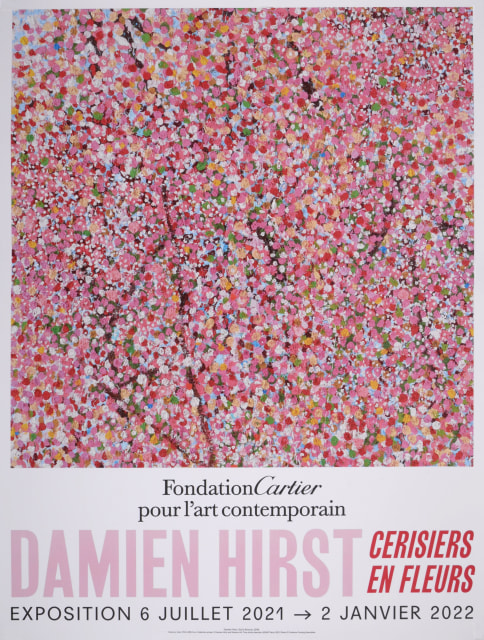Damien Hirst
-
 The Physical Impossibility of Death in the Mind of Someone Living (lenticular), 2013
The Physical Impossibility of Death in the Mind of Someone Living (lenticular), 2013 -
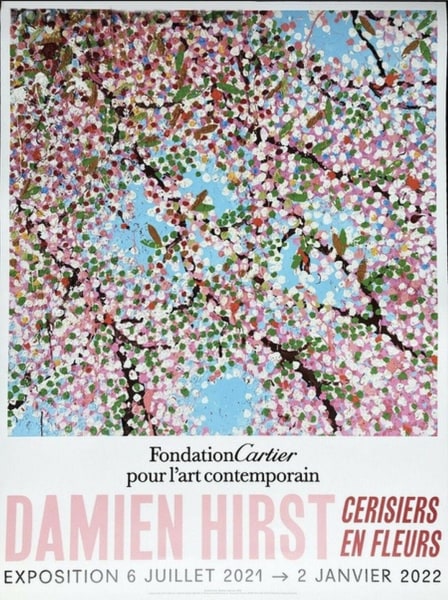 FOUNDATION CARTIER POUR L'ART CONTEMPORIAN POSTER, 2021
FOUNDATION CARTIER POUR L'ART CONTEMPORIAN POSTER, 2021 -
 God's Blossom, Cerisiers en fleurs, 2021
God's Blossom, Cerisiers en fleurs, 2021
-
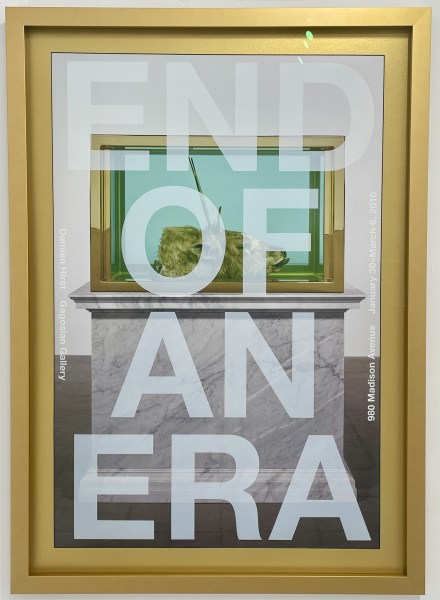 END OF AN ERA, 2010
END OF AN ERA, 2010 -
 Hand Signed, Suicide Bomber , 2005
Hand Signed, Suicide Bomber , 2005 -
 The Physical Impossibility of Death in the Mind of Someone Living, 2012
The Physical Impossibility of Death in the Mind of Someone Living, 2012
-
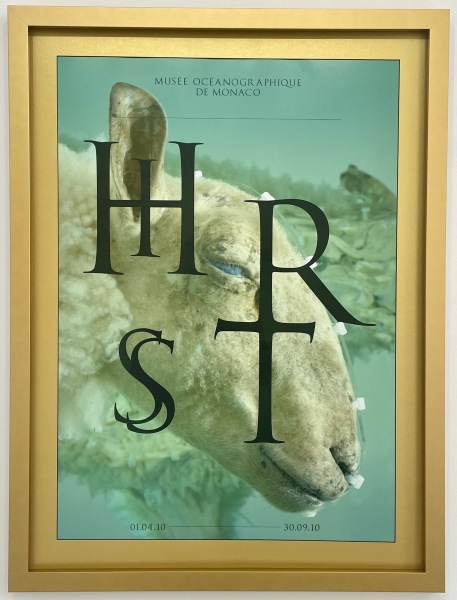 Cornucopia - Away From the Flock, Poster, 2010
Cornucopia - Away From the Flock, Poster, 2010 -
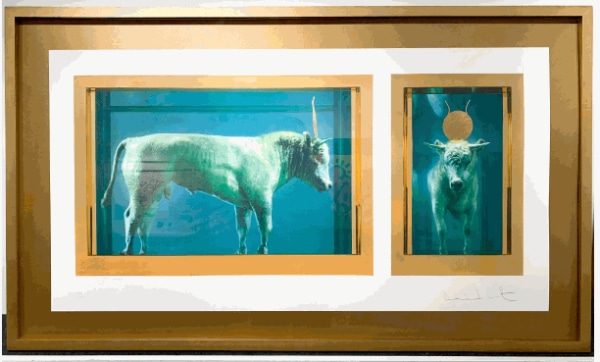 The Golden Calf , 2009
The Golden Calf , 2009 -
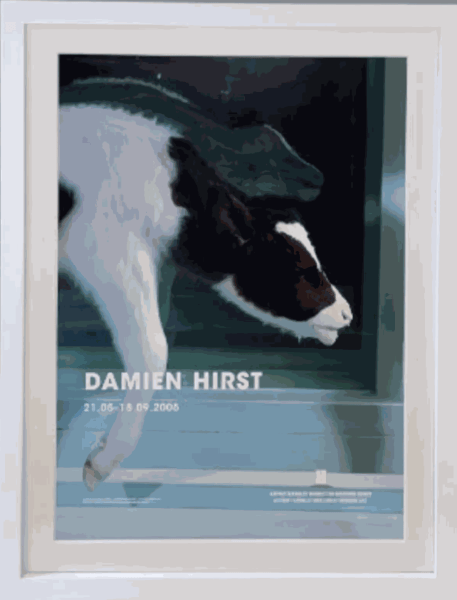 'Mother and Child (Divided)' Astrup Fearnley Poster, 2005
'Mother and Child (Divided)' Astrup Fearnley Poster, 2005
A so-called 'New British Artist', Damien Hirst came to prominence in the early 1990s. Unashamedly avant-garde, Hirst's 1991 masterpiece The Physical Impossibility of Death in the Mind of Someone Living earned him global acclaim. Hirst’s style of work is diverse. While his sculpture and installation art is often macabre, his spot and spin paintings offer a colourful and lively counterpoint.
Early Life and Education
Hirst grew up in Leeds and showed an early interest in art. After a tumultuous youth that included an arrest for shoplifting, he eventually found his way to Goldsmiths College in London, where he studied Fine Art from 1986 to 1989. At Goldsmiths, Hirst was influenced by the conceptual approach to art that the college championed, and he began to develop his own unique style.
Emergence of the Young British Artists (YBAs)
While still a student, Hirst organized the now-famous "Freeze" exhibition in 1988, which showcased his work alongside that of his contemporaries and marked the emergence of the Young British Artists (YBAs). The exhibition caught the attention of influential art collector Charles Saatchi, who became a major supporter of Hirst's work.
Major Works and Themes
Hirst's art often deals with themes of mortality, beauty, and the relationship between art and science. His early works include the "Spot Paintings" and the "Spin Paintings," which use color and repetition to explore aesthetic concepts.
One of his most famous works is "The Physical Impossibility of Death in the Mind of Someone Living" (1991), a tiger shark preserved in formaldehyde. This piece is part of his larger "Natural History" series, which features various animals in formaldehyde tanks, challenging viewers' perceptions of life and death.
The Pharmacy and Other Installations
In 1992, Hirst's installation "Pharmacy," a recreation of a drugstore with shelves stocked with pharmaceuticals, was displayed at the Tate Gallery. This work reflected his ongoing fascination with medicine, the body, and the intersections between art and science.
For the Love of God
In 2007, Hirst created one of his most controversial and expensive works, "For the Love of God," a platinum cast of a human skull encrusted with 8,601 diamonds. This piece, exploring themes of mortality and the vanity of wealth, generated significant media attention and debate within the art world.
Entrepreneurial Ventures and Market Impact
Hirst is not only known for his art but also for his entrepreneurial approach to the art market. In 2008, he bypassed traditional gallery channels by selling his works directly through Sotheby's in an auction titled "Beautiful Inside My Head Forever," which raised over £111 million. This move challenged the conventional art market and highlighted Hirst's innovative business acumen.
Personal Life and Public Persona
Hirst's public persona is as provocative as his art. Known for his candid and sometimes controversial statements, he has been a polarizing figure in the art world. His work often elicits strong reactions, both positive and negative, and he remains a subject of fascination and debate.
Recognition and Legacy
Despite the controversy, Hirst has received numerous accolades, including the Turner Prize in 1995. His work is held in major museums and private collections worldwide, and he has had numerous solo exhibitions, including retrospectives at Tate Modern and other leading institutions.
Recent Work and Continuing Influence
Hirst continues to produce and exhibit new work, often exploring new themes and materials. His recent projects include large-scale sculptures, installations, and paintings that reflect his enduring fascination with life, death, and the human experience.
